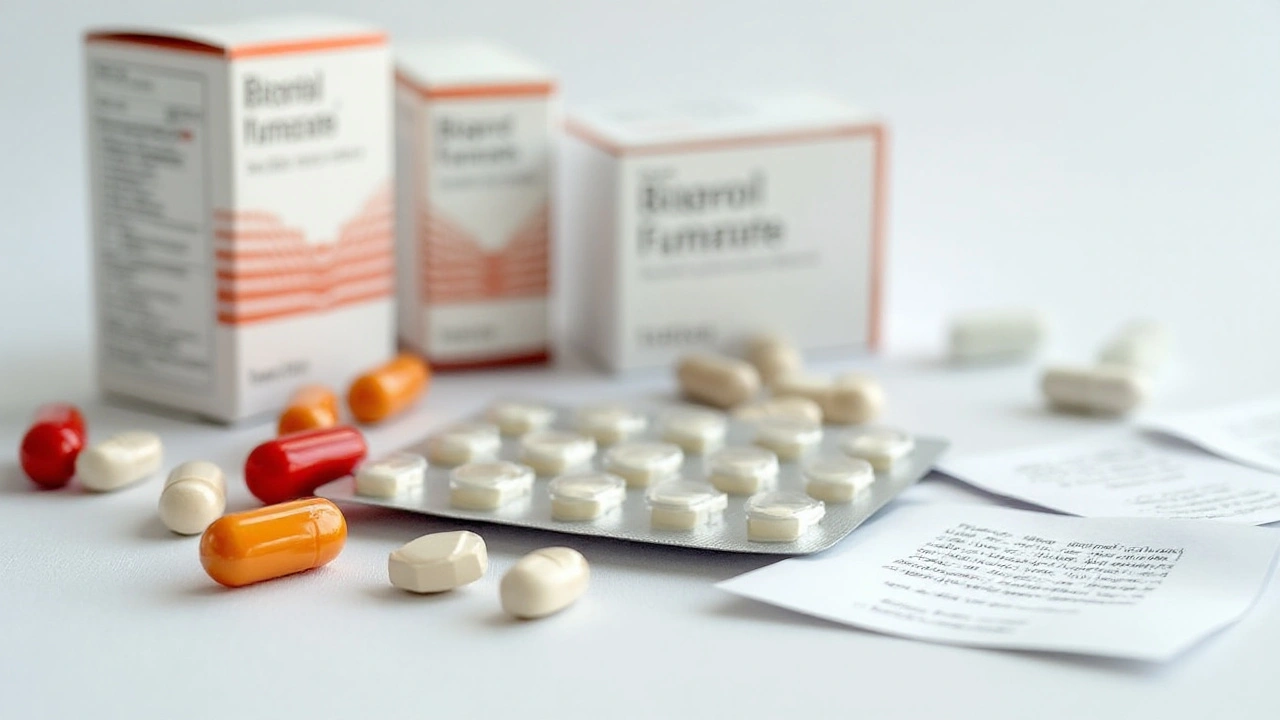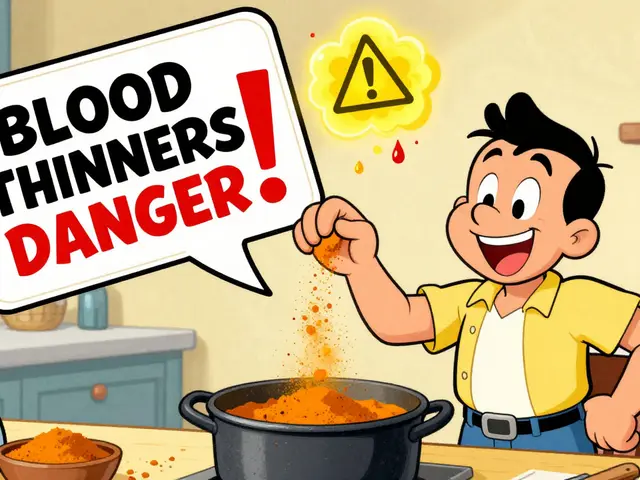Medication forms: pills, liquids, inhalers — what works best for you?
Different medicines come in different forms for a reason. A pill, liquid, patch, or inhaler doesn’t just change how a drug is taken — it changes how fast it works, who can use it, and how safe it is for that person. This guide breaks down common medication forms and gives clear, practical tips so you can understand which one might fit your needs.
Common medication forms
Tablets and capsules: These are the most common. Tablets can be scored to split doses; capsules may be opened only if the label or your pharmacist confirms it’s safe. Oral tablets are convenient but rely on your stomach and liver to absorb the drug, so food and other medicines can affect them.
Liquids and suspensions: Better for kids, older adults, and anyone who has trouble swallowing. Dosing is precise when you use the provided syringe or measuring cup — kitchen spoons are unreliable. Shake suspensions well and follow storage notes; some need refrigeration.
Topicals (creams, gels, ointments): These act locally — on skin, joints, or eyes — and usually have fewer systemic side effects. Apply to clean, dry skin and avoid eyes or broken skin unless product instructions say otherwise.
Inhalers and nebulizers: Used for asthma and COPD. Metered-dose inhalers need coordination and sometimes a spacer; dry-powder inhalers require a strong, quick breath. Nebulizers turn liquid medicine into a mist and are easier for some users, but they take longer.
Injectables: Shots or IVs deliver medicine directly into muscle, under the skin, or into a vein. They act faster and are used when oral routes won’t work. Some injectables are for home use (insulin, biologics) — you’ll need training on technique and disposal.
Patches and implants: Patches release medicine through the skin over hours or days. Implants give long-term dosing but require a procedure. Patches are handy for steady dosing and avoiding daily pills.
Suppositories: Used when oral routes aren’t possible (vomiting, unconsciousness). They work through rectal or vaginal mucosa and can be surprisingly effective for nausea or local issues.
Practical tips for choosing and using forms
Match the form to the situation: choose liquids for kids, patches for steady release, inhalers for lung conditions, and injectables when fast or complete absorption is needed. Ask your clinician about absorption differences — food, grapefruit, or stomach acid can matter.
Storage and safety: Keep medicines in original containers, follow temperature guidance, and lock up anything that could be harmful. Check expiry dates; liquid suspensions often expire faster after opening.
Questions to ask your pharmacist: Can this be taken with food? Is there a generic pill or a liquid? Can I split it or open the capsule? How do I dispose of used needles or patches? These answers change how well the medicine works.
If switching forms, don’t assume doses match one-to-one. Always confirm dosing with your prescriber. Small changes in form can mean big changes in effect. Use the right tool for the problem, and if anything feels off — side effects, poor control, or confusion about use — call your healthcare provider.
Understanding medication forms helps you take meds more safely and get better results. If you want, I can walk through a few examples based on a specific medicine you or a family member uses.




